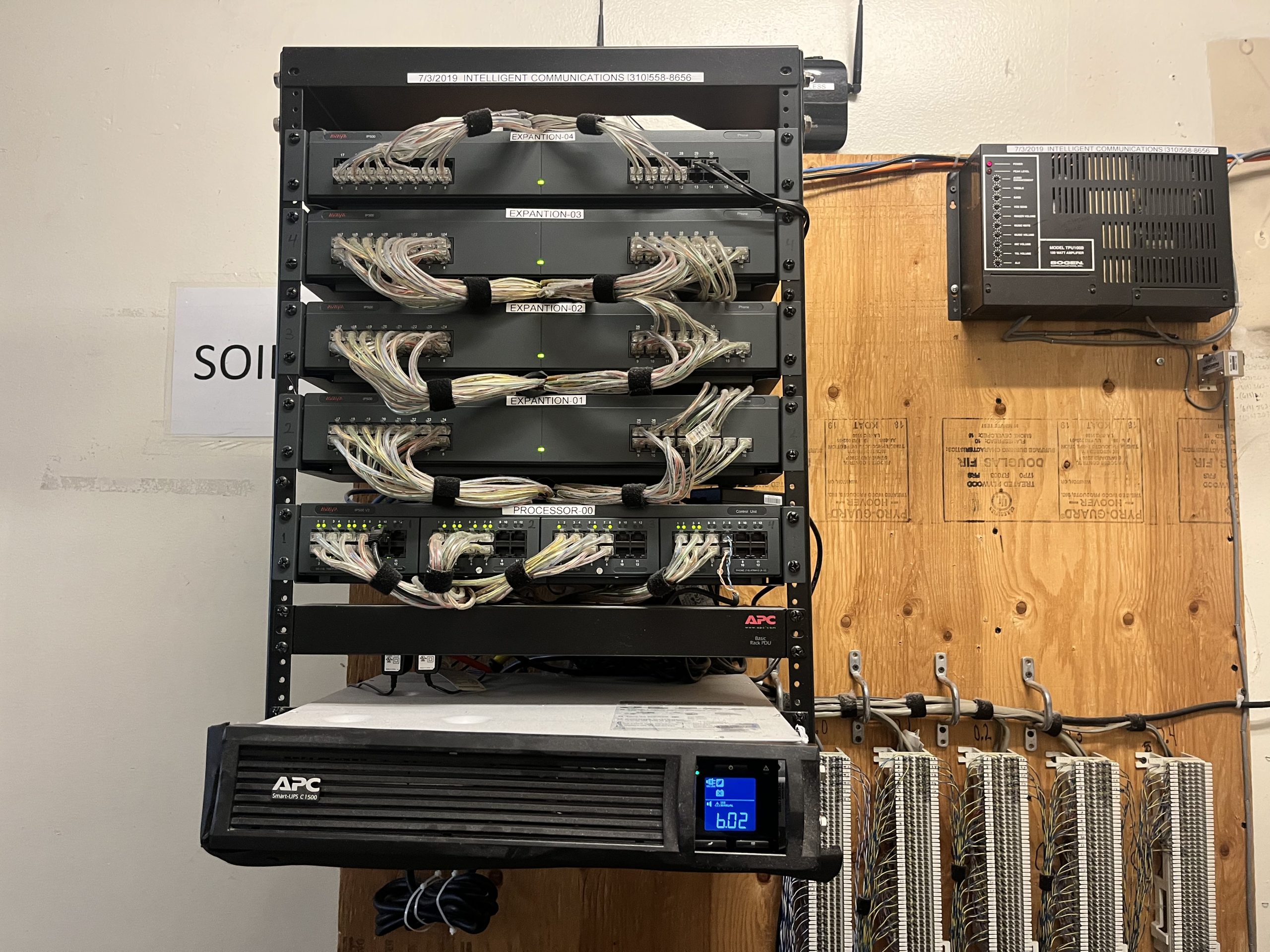When setting up network cabling for a home or business, it’s essential to choose the right cable to ensure your internet connection performs at its best. The most common options are CAT6a, CAT6, and CAT5e. Each of these cables has unique specifications that impact speed, distance, and overall performance. In this blog, we will compare these cables, focusing on their strengths and weaknesses to help you decide which one is best for your needs.
What Is CAT5e?
CAT5e (Category 5 enhanced) is an older cable standard, commonly used in voice and data cabling for residential and small business networks. It supports speeds up to 1 Gbps over a maximum distance of 100 meters (328 feet). CAT5e is typically sufficient for most internet needs, especially if you’re using standard broadband speeds.
While CAT5e cabling is an affordable and reliable choice for low-traffic networks, it does not support speeds beyond 1 Gbps and lacks the ability to handle more intensive network demands, such as high-definition video streaming or online gaming.
What Is CAT6?
CAT6 (Category 6) is a more advanced version of CAT5e and supports speeds up to 10 Gbps over distances of up to 55 meters (180 feet) and 1 Gbps over distances of up to 100 meters. CAT6 is ideal for homes or offices that require a faster, more reliable connection for activities such as video conferencing, large file transfers, and gaming.
Although CAT6 provides a significant performance improvement over CAT5e, its maximum distance for 10-Gigabit Ethernet is much shorter (55 meters) compared to CAT6a. If your network requires more future-proofing or longer distance coverage, CAT6 may not be the best long-term option.
What Is CAT6a?
CAT6a (Category 6 augmented) is the most advanced option among the three. It supports 10 Gbps speeds over 100 meters (328 feet), making it ideal for larger, high-speed networks. It also offers better shielding than CAT6 to reduce crosstalk and interference, resulting in more stable performance.
CAT6a is the best option for businesses or large-scale networks, such as data centers, where long distances and high-speed connections are essential. It is also the right choice for security camera installation and other structured cabling systems that require reliable high-speed data transfer.
Speed and Distance Comparison
CAT5e: Supports speeds up to 1 Gbps at 100 meters. Ideal for light internet usage, such as browsing and standard streaming.
CAT6: Supports speeds up to 10 Gbps at 55 meters and 1 Gbps at 100 meters. Suitable for moderate data needs like HD streaming, gaming, and file sharing.
CAT6a: Supports 10 Gbps at 100 meters. Best for high-demand environments requiring high-speed data transfer across longer distances, such as network cabling for offices, large homes, or business centers.
When to Use Each Cable
CAT5e: Use CAT5e for basic internet setups where speeds of up to 1 Gbps are sufficient. It’s ideal for homes with standard internet usage, such as browsing, streaming, and social media.
CAT6: If you require faster speeds for activities like video conferencing, large file transfers, or gaming, CAT6 is a better choice, especially for networks up to 55 meters. It’s a good option for mid-sized homes or businesses.
CAT6a: For high-speed internet, high-definition video streaming, or high-traffic networks, CAT6a is the best option. It’s designed for environments with demanding bandwidth needs, such as telecommunication vendors, large offices, or for security camera installation.


0 Comments